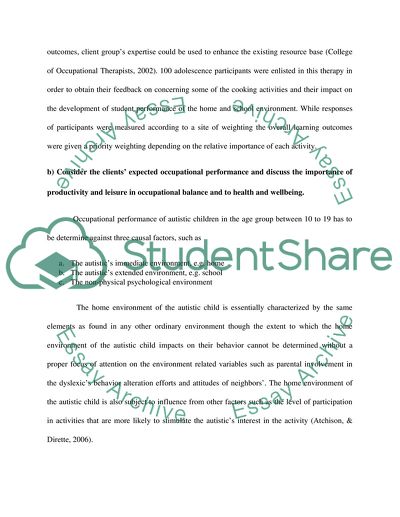Cite this document
(Therapeutic Occupation and Intervention for a Group of Clients Research Proposal, n.d.)
Therapeutic Occupation and Intervention for a Group of Clients Research Proposal. Retrieved from https://studentshare.org/health-sciences-medicine/1735652-an-analysis-of-a-therapeutic-occupation-and-intervention-for-a-group-of-clients
Therapeutic Occupation and Intervention for a Group of Clients Research Proposal. Retrieved from https://studentshare.org/health-sciences-medicine/1735652-an-analysis-of-a-therapeutic-occupation-and-intervention-for-a-group-of-clients
(Therapeutic Occupation and Intervention for a Group of Clients Research Proposal)
Therapeutic Occupation and Intervention for a Group of Clients Research Proposal. https://studentshare.org/health-sciences-medicine/1735652-an-analysis-of-a-therapeutic-occupation-and-intervention-for-a-group-of-clients.
Therapeutic Occupation and Intervention for a Group of Clients Research Proposal. https://studentshare.org/health-sciences-medicine/1735652-an-analysis-of-a-therapeutic-occupation-and-intervention-for-a-group-of-clients.
“Therapeutic Occupation and Intervention for a Group of Clients Research Proposal”, n.d. https://studentshare.org/health-sciences-medicine/1735652-an-analysis-of-a-therapeutic-occupation-and-intervention-for-a-group-of-clients.


